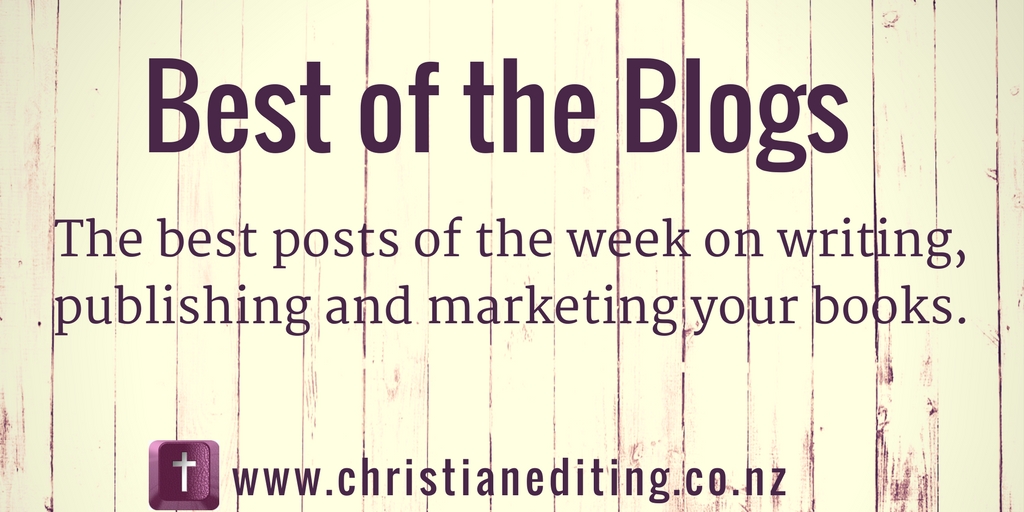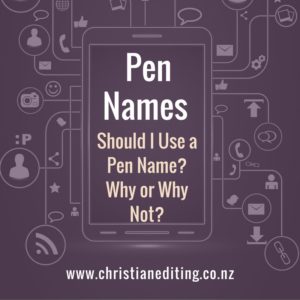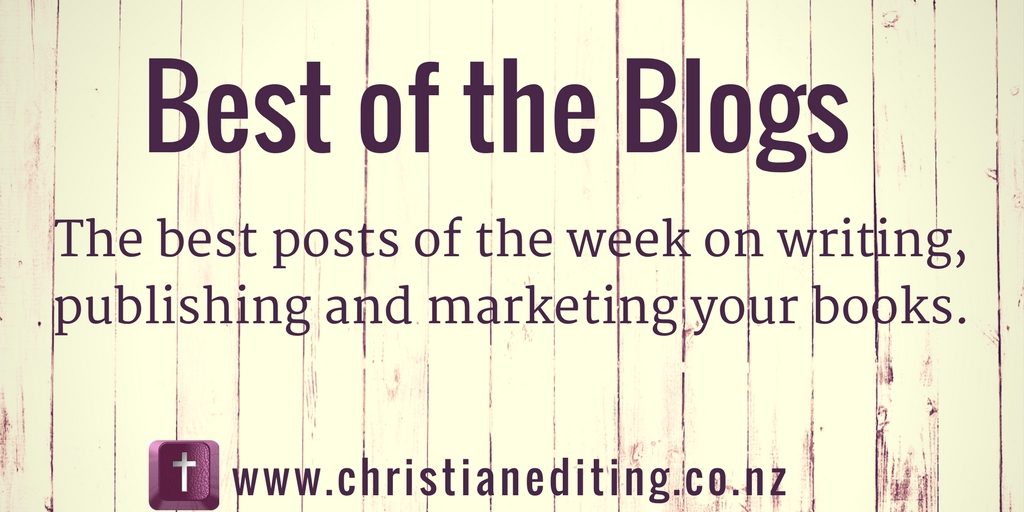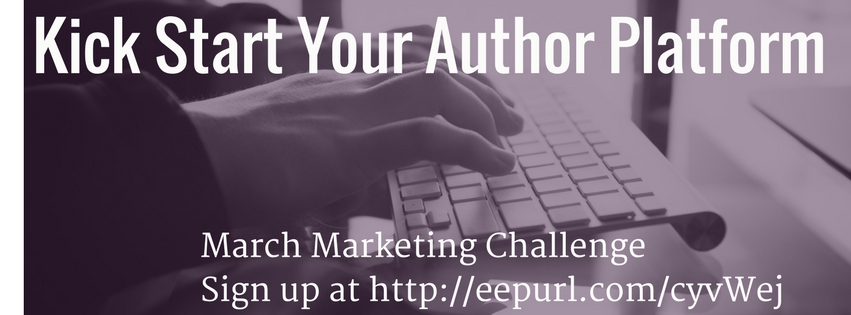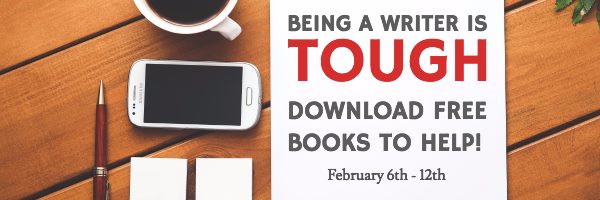I’ve read and enjoyed all Keely Brooke Keith’s Uncharted novels, which I guess I’d describe as futuristic historical fiction–they’re set our future, but in a society which has had no external contact for about 200 years, so still has only 1860’s levels of knowledge and technology.
Keely impressed me with her debut novel, not only with her actual story and writing, but with her professional approach to marketing. So I’m delighted to welcome her to Christian Editing Services today to share some of that knowledge with you, and to introduce her first non-fiction projects: The Writer’s Book Launch Journal, and The Writer’s Book Launch Guide (which I reviewed yesterday—click here to read my review).
A Step-By-Step Plan to Give Your Book the Best Launch Possible
 By Keely Brooke Keith
By Keely Brooke Keith
Congratulations, it’s a book! Whether you are approaching your first book launch or your tenth, it’s time to take a long slow breath and relax into the creative process of promoting your release. You’ve done the hard work, and someone out there needs your book.
While there is no one-size-fits-all book promotions plan, there are certain essential tasks both traditionally published authors and independent authors should do (or delegate to their assistants) to ensure a fulfilling book launch. I’ve written a handholding book marketing guide to help (The Writer’s Book Launch Journal, Edenbrooke Press), but here are a few basics to get you started:
Ready your website.
Your website is the online version of your office or storefront. It could also be your catalog, your bulletin board, or your yearbook. It should not be a cobweb-covered single page you set up years ago and haven’t touched since.
Unless you are an avid blogger or content provider, the author website is not how readers discover you. It’s where they come to learn more about you. Your web address should be the simplest form of your author name as possible. And it should be the link you share more than any other.
Before you create (or update) your author website, look at the websites of some of the top authors in your genre. Decide what you like about them. Notice some of the elements the websites all have in common. You will probably find most of them have basically the same pages. Choose a theme, or the look of your website, that reflects your brand.
Ready your social media.
While the social media landscape changes as quickly as highly-caffeinated developers can write code, the purpose and best practices of an author using social media for book promotion remain the same. Your readers want access to you (or will once they read your fabulous book). They want the inside scoop on your story, your research, and your writing related events.
Your social media presence should be just that: social.
And it should be professional. And yes, you should also use it to let people know when you have a new book coming out, but recognize that social media is largely a post-discovery point of contact with your readers.
Create or update your social media accounts. This should include an official author page on Facebook, a Twitter account, and a Google+ account. Depending on your genre and target audience, you might also want to have a presence on other platforms. For example: Instagram and SnapChat are popular with teens at the moment, while Pinterest is the website of choice for a large sector of 35+ year old women with college degrees. Twitter is a great place for writers to connect with each other and keep up with the industry.
It might take setting up an account on each major social media site and experimenting to find out what works best for you and where your readers will connect with you. The important thing is that you maintain a consistent, professional presence and, of course, that you choose a platform you enjoy.
Build your connections.
Writing allies are the people who support you and make your writing life possible, enjoyable, and peaceful. You can usually find a writing group by searching online or even through your social media interactions.
Writing conferences come in all sizes and offer a menu of classes to sharpen your skills. There are a variety of professional organizations that support every genre. Consider joining the writing organization that would best align with your writing goals.
Many radio and television programs feature authors, as do newspapers and magazines. Often local media outlets are more accessible to new authors.
Build your dream team by creating a sign-up form and promoting it online. Often the promise of an early review copy of your book is all it takes to get booklovers and bloggers to join your team.
If you like the sound of your own voice, consider starting a podcast and interviewing others in the field related to your book.
Perfect your product.
If you’re traditionally published, your publisher should ensure your book has been professionally edited and formatted and has an eye-catching, genre-appropriate cover. But if you’re independent, it’s up to you. If you’re signed to a traditional publisher, they might write compelling copy for your book. They might not. If you are an indie author, you will have to write it yourself.
Either way, take the time to perfect your book description. Also, consider writing a reader’s guide or book club questions to include in the back of your book.
Create your media kit.
A media kit (also called a press kit) can be as simple as a document file containing your author bio, professional photo, book release information, book cover image, book description, sample Q & A, book excerpt, and endorsements. You might not have all of the information available yet, but go ahead and start the document so you can add to it as you go.
Find potential reviewers.
Book reviewers can be found in groups on social media, on Amazon by looking at the reviews of comparable titles, and on book sites such as Goodreads. You can search online for book bloggers in your genre who accept review submissions. Create a sign up form for new reviewers. Promote it on your social media and send it to your email list.
Find potential endorsers.
Books endorsed by popular authors in the same genre or influencers in the field related to a book tend to sell better than those without endorsements. Who might you ask for an endorsement? If you don’t know the potential endorsers personally, email them individually.
What do you do once you have the basics covered?
Let The Writer’s Book Launch Journal guide you through the marketing and promotional task s every author should do to ensure a successful book launch. Filled with checklists of essential tasks, an abundance of publicity suggestions, and questions to personalize your promotions, The Writer’s Book Launch Journal will lead you on the journey to a fun and fulfilling book launch.
s every author should do to ensure a successful book launch. Filled with checklists of essential tasks, an abundance of publicity suggestions, and questions to personalize your promotions, The Writer’s Book Launch Journal will lead you on the journey to a fun and fulfilling book launch.
 And since some authors want the information in The Writer’s Book Launch Journal but prefer to scroll through the checklists on their computer, I’ve also written the ebook The Writer’s Book Launch Guide: A Step-By-Step Plan to Give Your Book the Best Launch Possible. This ebook is a good companion to The Writer’s Book Launch Journal because the tasks are explained in more depth. I recommend getting both the journal and the ebook together.
And since some authors want the information in The Writer’s Book Launch Journal but prefer to scroll through the checklists on their computer, I’ve also written the ebook The Writer’s Book Launch Guide: A Step-By-Step Plan to Give Your Book the Best Launch Possible. This ebook is a good companion to The Writer’s Book Launch Journal because the tasks are explained in more depth. I recommend getting both the journal and the ebook together.
About Keely Brooke Keith
Keely Brooke Keith is the author of The Land Uncharted (Edenbrooke Press) and Aboard Providence (CrossRiver Media). Her novels are known for blending genres in unconventional ways. When she isn’t writing stories, Keely enjoys playing bass guitar, preparing homeschool lessons, and collecting antique textbooks. Keely resides with her husband and their daughter on a hilltop south of Nashville where she dreams up stories, hoping to encourage, comfort, and inspire readers. She is a member of ACFW.

